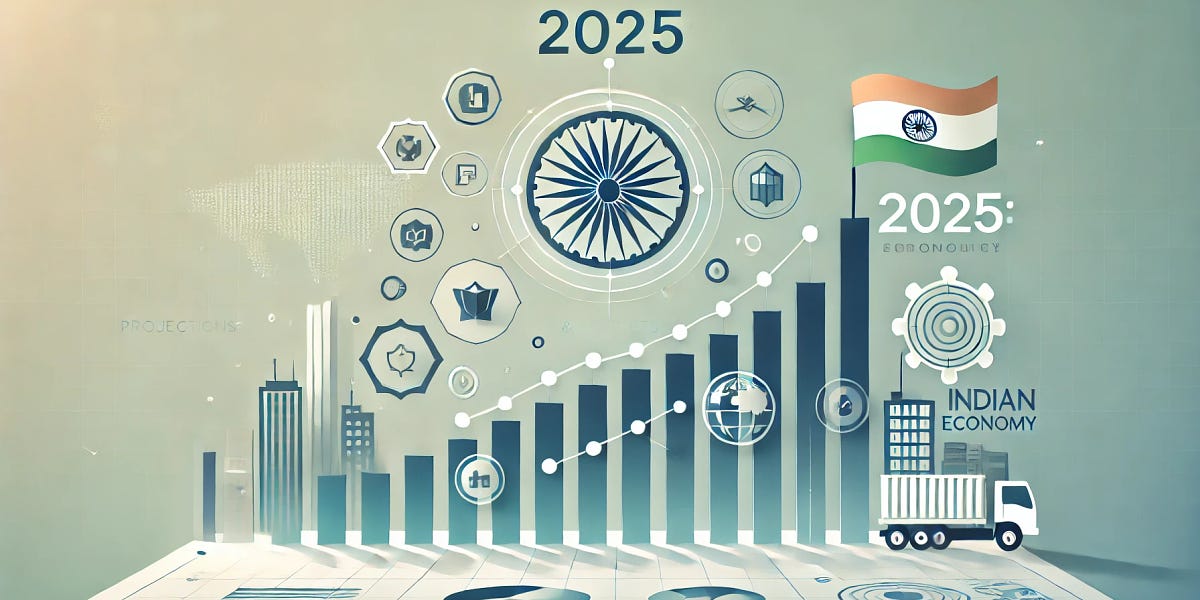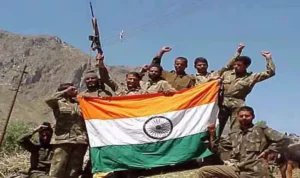Inflation will remain a key concern for India in 2025 due to the interplay of global uncertainties, domestic structural issues, and the evolving economic landscape. Balancing inflation control with economic growth requires a mix of proactive monetary policies, prudent fiscal management, and structural reforms.
For UPSC aspirants, understanding inflation goes beyond economic theory to encompass its real-world implications and policy challenges. This knowledge equips aspirants to approach related topics comprehensively in exams and interviews, aligning with India’s long-term vision for economic stability and growth.









